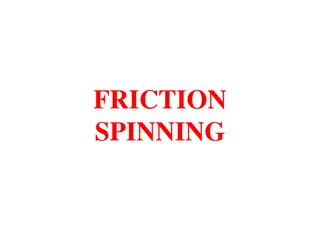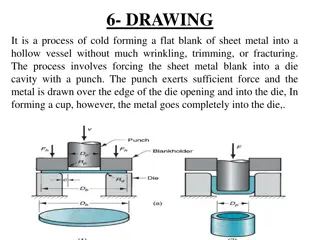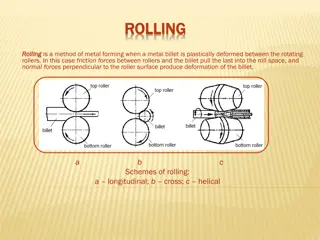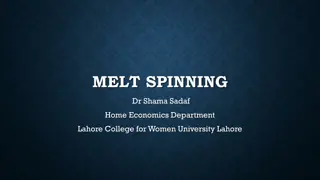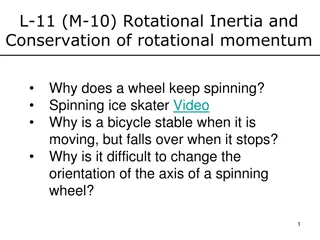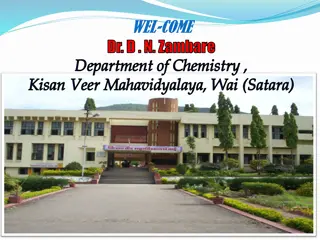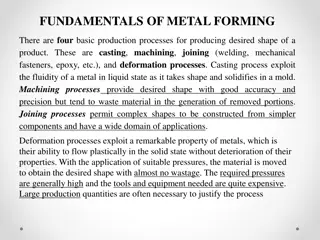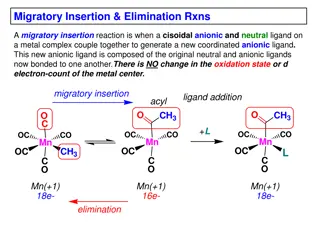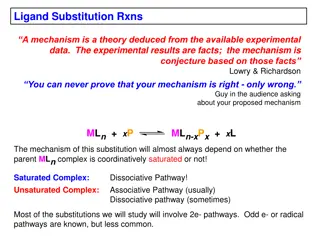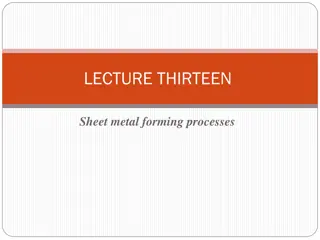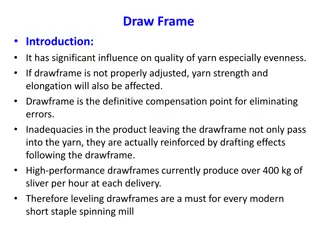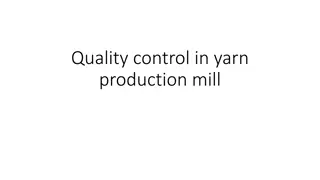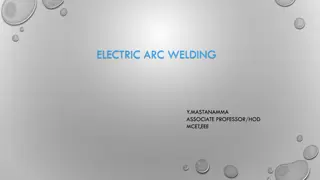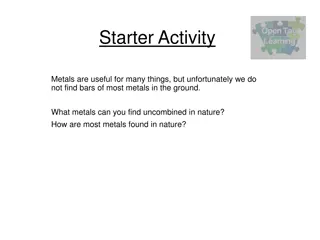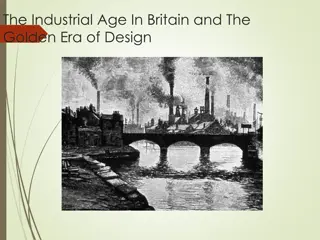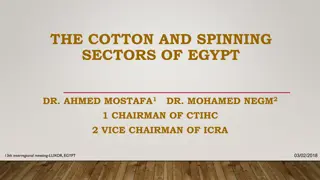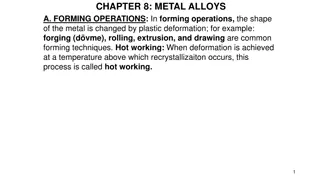Understanding Metal Spinning Process and Techniques
Metal spinning, also known as spin forming or metal turning, is a metalworking process that involves shaping a disc or tube of metal by rotating it at high speed. This process does not involve material removal but rather the forming of sheet material over an existing shape. Hot spinning is a variation where high heat is applied to shape the metal seamlessly with little force. Tool materials such as hardened steel and solid brass are used for different types of spinning processes.
Download Presentation

Please find below an Image/Link to download the presentation.
The content on the website is provided AS IS for your information and personal use only. It may not be sold, licensed, or shared on other websites without obtaining consent from the author. Download presentation by click this link. If you encounter any issues during the download, it is possible that the publisher has removed the file from their server.
E N D
Presentation Transcript
Metal spinning Metal spinning, also known as spin forming or spinning or metal turning. It is a metalworking process by which a disc or tube of metal is rotated at high speed and formed into an axially symmetric part. Spinning can be performed by hand or by a CNC lathe. Metal spinning does not involve removal of material, as in conventional wood or metal turning, but forming (moulding) of sheet material over an existing shape.
SPINNING PROCESS A formed block is mounted in the drive section of a lathe. A pre-sized metal disk is then clamped against the block by a pressure pad, which is attached to the tailstock. The block and workpiece are then rotated together at high speeds. A localized force is then applied to the workpiece to cause it to flow over the block.
Hot spinning "Hot spinning" involves spinning a piece of metal on a lathe while high heat from a torch is applied to the workpiece. Once heated, the metal is then shaped as the tool on the lathe presses against the heated surface forcing it to distort as it spins. Parts can then be shaped or necked down to a smaller diameter with little force exerted, providing a seamless shoulder.
TOOL MATERIALS TOOL MATERIALS Hardened steel for using with aluminum Solid brass for spinning stainless steel or mild steel Rotating tools may also be coated with thin film of ceramic to prolong tool life.
Objects can be built using one piece of material to produce parts without seams.
The diameter and depth of formed parts are limited only by the size of the equipment available. If a crack forms or the object is dented, it must be scrapped. Repairing the object is not cost-effective.
Commercial applications include rocket nose cones, cookware, gas cylinders, brass instrument bells, and public waste receptacles. Virtually any ductile metal may be formed, from aluminum or stainless steel, to high-strength, high-temperature alloys including Incone and Hastelloy.


